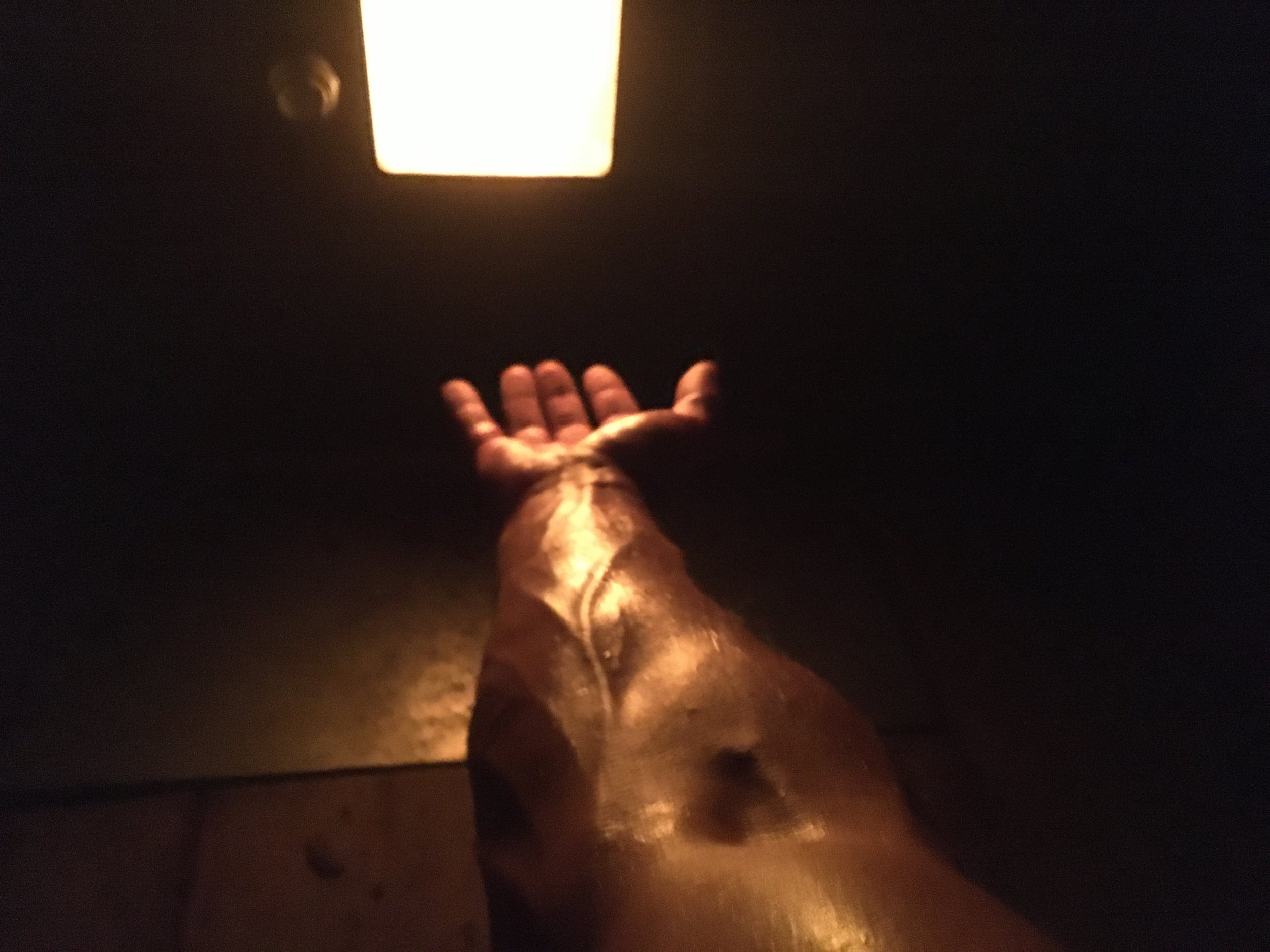Design Considerations for a Blissful Sauna Sanctuary: Simple Steps for Enhanced Well-being
Since the late 1990s, I've dedicated time to sauna design and construction. In this article, I'll highlight key elements essential for designing a sauna that nurtures all forms of well-being.
Understand the cultural significance of saunas
Sweating has long been regarded as a key health strategy, and in the colder climates of the world, various lifeways and technologies have evolved to support that need, from steam bathing like in traditional Native American sweat lodges, to hot dry saunas of Scandinavia to moist hot saunas of the far east.
Sauna and sweating often play a spiritual and mental health wellness role in many cultures as the experience of sweat bathing is elemental, connecting, and clarifying.
Because of this, saunas and sweating facilities have come to be regarded as sacred space, a refuge from the mundane day-to-day, intentionally separate from the daily grind, a sabbath experience. It’s common, for instance, for it to be taboo to speak profane language, gossip, complain, or talk of the “news” of the world in a sauna.
It is often considered the right approach to leave the worries of the world outside the sauna and focus on connection with the self, the other people in the sauna, and elements such as fire and water.
The sauna and an open-air bedroom at Whole Systems Design’s farm.
Plentiful sweating as key for health and resilience
Sweating is a baseline route of elimination for removing toxins from the body and moving lymph. In cold climates especially, we often don’t sweat enough in the winter for this detoxification route to be optimized, and a sauna greatly aids in this.
Additionally, the sauna helps us access the myriad benefits of cold plunge immersion and other forms of hydrotherapy.
Innovative sauna design features to consider
Personally, I don’t think innovation is really necessary for saunas, at least not much. I like traditional Finnish sauna approaches. That said, I do like to rig a pull-up bar so one can stretch by hanging while inside and building wider benches to avoid sitting positions and like.
Stretching is a key activity in the sauna. Enough open floor space for doing yoga can be helpful for many but can challenge the need to keep a sauna quite small in order to get very hot. Even with the biggest easily-found sauna stoves like the Helo 21 I use, 10’ by 7’ is quite large to get up to 160F-170F or so, which is a good temp for many people.
Saunas are also great de facto drying facilities if you live in a very humid, cool climate and have a lot of drying needs. Ensure space above the stove for plentiful rack space on which to dry herbs or whatever else you need.
Common Mistakes to Avoid in Building and Designing a Sauna
A few mistakes to keep in mind when designing and making a sauna that I see many people make:
Floor insulation and moisture management
Avoiding floor insulation is key since it will hold moisture and rot the building, and saunas will often end up with water on the floor.
The easiest solution to this, I’ve found, is to tongue and groove plus yellow wood glue up the floor and then keep it moist with snow and water as needed to avoid it splitting as it shrinks. Make sure it’s very, very dry before laying it down, and use stable wood like pine or cedar for it.
Avoiding VOCs and air toxins
Natural materials are best; avoid foams.
At a temperature of 175°F (79°C) anything will reliably off-gas.
Material selection for safety and comfort
Avoid knots of most woods except cedar
Avoid hardwoods anywhere your body will touch – they are too conductive.
Window placement and size
Small and away from any areas you’d touch.
Bench design for comfort and therapeutic value
Wide enough to lay down on or at least extend legs horizontally.
Sitting is what many of us are trying to get away from while doing physical therapy, and sauna is no different. So, design the benches with this in mind.
My personal experience in building and designing saunas
I’ve designed and built a half dozen wood-fired saunas and plunge pool systems ranging from a 300-dollar moveable sauna with collapsible walls so I could take it between rentals in college, to relatively simple shed saunas to a $35,000 crafted sauna landscape space.
I’ve lived with three different versions in three different landscapes and gotten to learn what works well, is practical, and what co-locations and design elements are less practical, break, or don’t work as well as intended.
Ultimately, the simpler the sauna design and the closer it is to the home, the better.
Explore the Nuances of Sauna Design with Me
I'm super excited about my upcoming online workshop, where we're going to dive into all things sauna design. I'll be sharing more of my favorite tips and tricks. Want to join? Enter your email below to be notified when the workshop is available.





